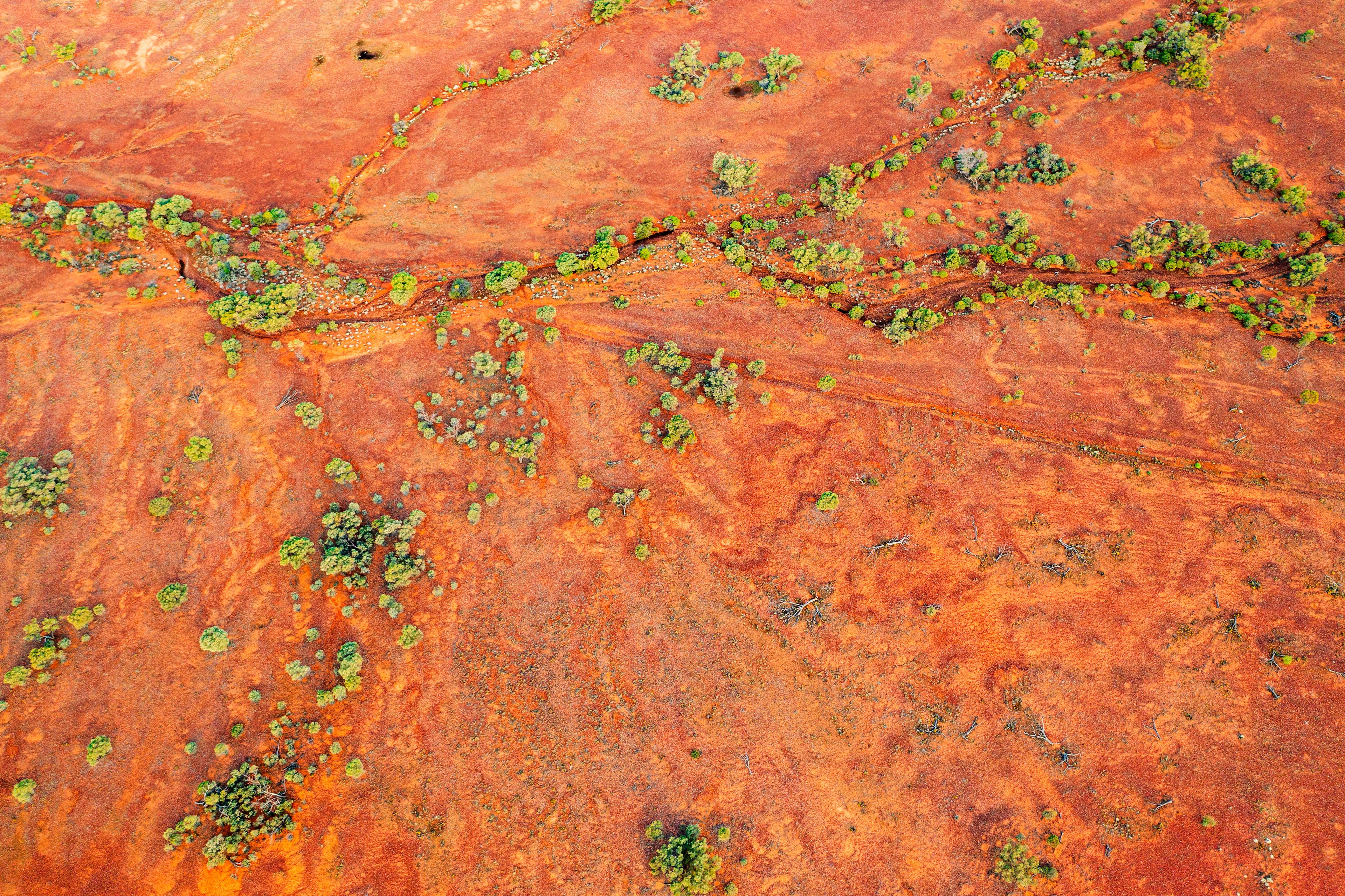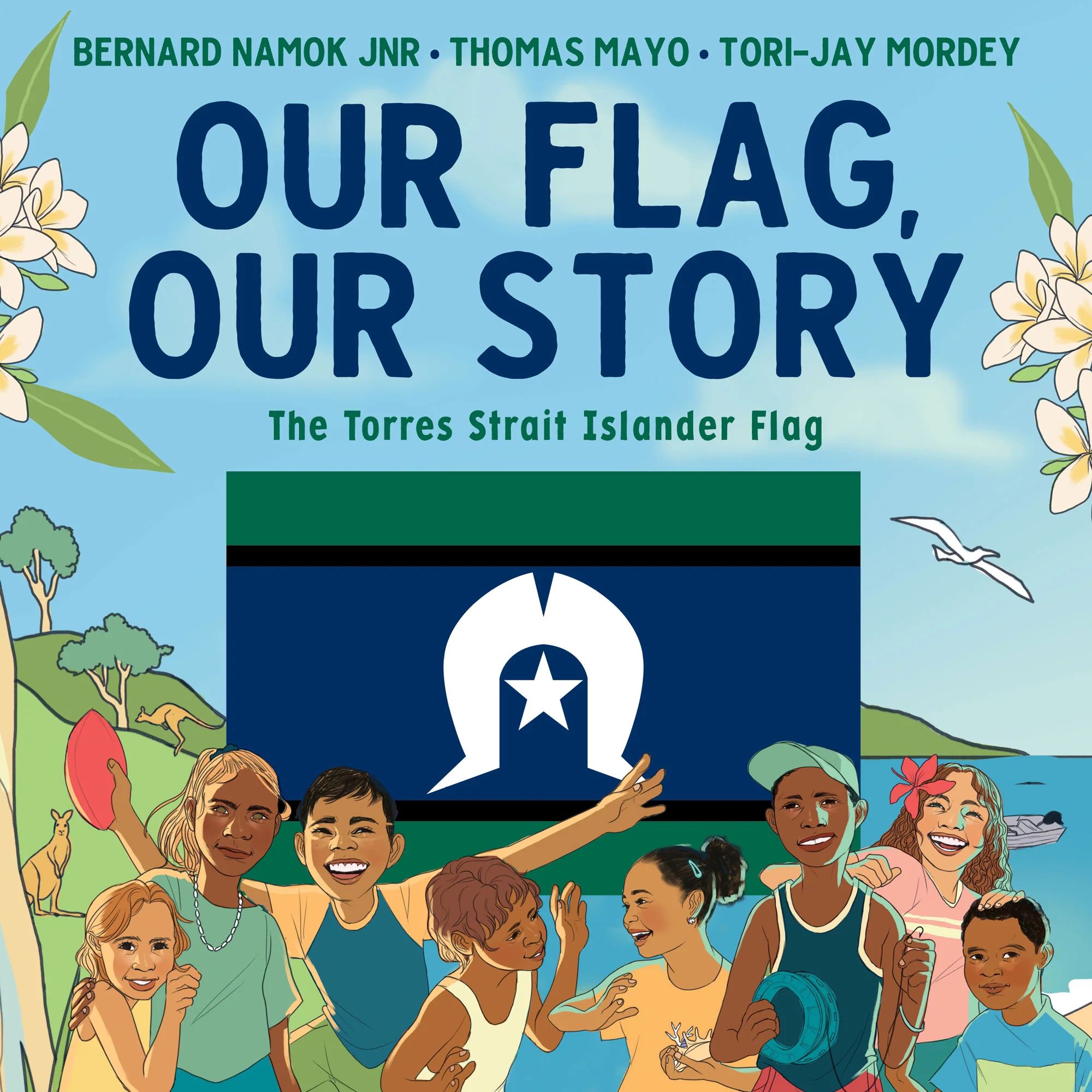Home/Curriculum resources/Learning about Country/Place/Activity 4 (Part one of two): Researching an Indigenous nation
Learning Areas:
English, Humanities and Social Sciences, The Arts
Year levels:
Level 3, Level 4

Activity 4 (Part one of two): Researching an Indigenous nation
This activity is a part of the Learning about Country/Place resource.
Red outback landscape desert green trees. Location: Tibooburra, New South Wales. Photographer: Andrew Merry. Getty Images. Used under licence.

Activity 4 (Part one of two): Researching an Indigenous nation
Note: This activity consists of two distinct parts. In part one, students will research the Indigenous nation related to the case studies. In part two, they will learn more about the specific case study. Supporting material has been provided.
Focus: Engage in research to discover and present information about an Indigenous nation, including the traditional landowners, language/s and key landscape features.
Possible Overarching Question: How do specific land features, language, and culture define and differentiate Indigenous nations?
Step by step guide
Step 1: Connecting to students' prior learning
Step 2: Shared text and discussion
Step 3: Setting the scene- model researching an Indigenous nation
Step 4: Researching an Indigenous nation
Step 5: Sharing research
Step 6: Reflection
Required Resources:
Teacher Support Material
Picture Story Book “Our Flag, Our Story: The Torres Strait Islander Flag" by Bernard Namok Jnr (Thursday Islander) and Thomas Mayo (Kaurareg Aboriginal and Kalkalgal, Erubamle Torres Strait Islander); Illustrated by Tori-Jay Mordey (Torres Strait Islander).
Research Cards and Support Templates

Step 1: Connecting to students' prior learning
Refer back to the insights and discussions on the diversity of Indigenous nations highlighted through "We are Australians" and the AIATSIS map See, Think, Wonder. Recall the process of identifying and appreciating the variety of landscapes, languages, and cultural practices across different Indigenous nations from the research undertaken for students’ special place.
This could also be an opportunity to spend some time on student wonderings from the See, Think, Wonder.
Step 2: Shared text and discussion
Read “Our Flag, Our Story: The Torres Strait Islander Flag by Bernard Namok Jnr (Thursday Islander) and Thomas Mayo (Kaurareg Aboriginal and Kalkalgal, Erubamle Torres Strait Islander); Illustrated by Tori-Jay Mordey (Torres Strait Islander).

Our Flag, Our Story: The Torres Strait Islander Flag. Written by Bernard Namok Jnr and Thomas Mayo; illustrated by Tori-Jay Mordey. Magabala Books. © Bernard Namok Jnr, Thomas Mayo and Tori-Jay Mordey. Used with permission.
Focus on the first few pages that highlight Australia was and always will be Aboriginal and Torres Strait Islander land, the three flags and what each represents. Let students know that this book will provide further insights in Torres Strait Islander people, their culture and land.
Step 3: Setting the scene- model researching an Indigenous nation
Note: This activity may require a series of lessons depending on the depth and the final product students are expected to create.
Explain to students that they will be researching an Indigenous nation. Each student or group will either select or be assigned an Indigenous nation to explore from the provided resources.
They will gather information about:
the nation's name
traditional landowner(s)
language(s)
key landscape features
living things
any interesting information.
Based on your observations from Activity 3, identify any areas where students need further skill development for their research.
Model the research process by using the local Indigenous nation of your school as an example. Demonstrate how to find and organise information effectively. You may use the provided research support template to guide students with their research.
Step 4: Researching an Indigenous nation
Students will undertake their research using the provided research cards, as well as any additional research they are capable of. They will focus on gathering information about:
the nation's name
traditional landowner(s)
language(s)
key landscape features
living things
any interesting information.
They will also record the sources for their information.
Step 5: Sharing research
In partners or small groups have students share their research. Encourage students to draw comparisons between each students' chosen nation focusing on similarities and differences in language, land features, and any other interesting information.
Step 6: Reflection
Update the anchor chart or wall display with new information and insights from student research, reinforcing the enhanced understanding of cultural and geographical diversity among Indigenous nations.
There could also be an opportunity to revisit the wonderings from the See, Think, Wonder.

Related activities within this resources:

Activity 1: Exploring what is Country/Place
This activity aims to support students in developing a deeper understanding of Aboriginal and Torres Strait Islander perspectives of Country and Place. It encourages them to consider the many elements of Country and explore their personal connections to place, reflecting on how this shapes their understanding and respect for the significance of Country and Place to Aboriginal and Torres Strait Islander Peoples.

Activity 2: Understanding perspectives of Country/Place
Building on Activity 1, where students explored personal connections to place, this activity deepens their understanding of Aboriginal and Torres Strait Islander perspectives of Country/Place. Students will engage with a video clip, analyse quotes, and participate in guided discussions to explore the multifaceted relationship Aboriginal and Torres Strait Islander Peoples have with the land.

Activity 3: Discovering Aboriginal and Torres Strait Islander nations & languages
Building on Activities 1 and 2, where students explored personal connections to place and Aboriginal and Torres Strait Islander perspectives of Country/Place, this activity focuses on the diversity of Aboriginal and Torres Strait Islander nations and languages. Students will engage with a shared text, explore the AIATSIS map of Indigenous Australia, and learn about the Indigenous nation of their special place.

Activity 4 (Part two of two): Exploring natural features in defining Country/Place through case studies
Building on Activities 1 through 4, students have explored personal connections to place, Aboriginal and Torres Strait Islander perspectives of Country/Place, the diversity of Aboriginal and Torres Strait Islander nations and conducted in-depth research on a specific Indigenous nation. This activity now focuses on the significance of natural features in defining Indigenous nations. Through case studies, students will investigate how natural features contribute to the cultural importance of these areas. This activity will deepen students' understanding of the integral role that natural landscapes play in the identity and practices of Aboriginal and Torres Strait Islander people.